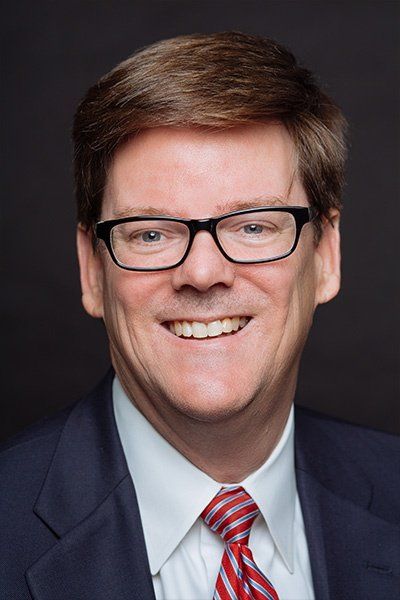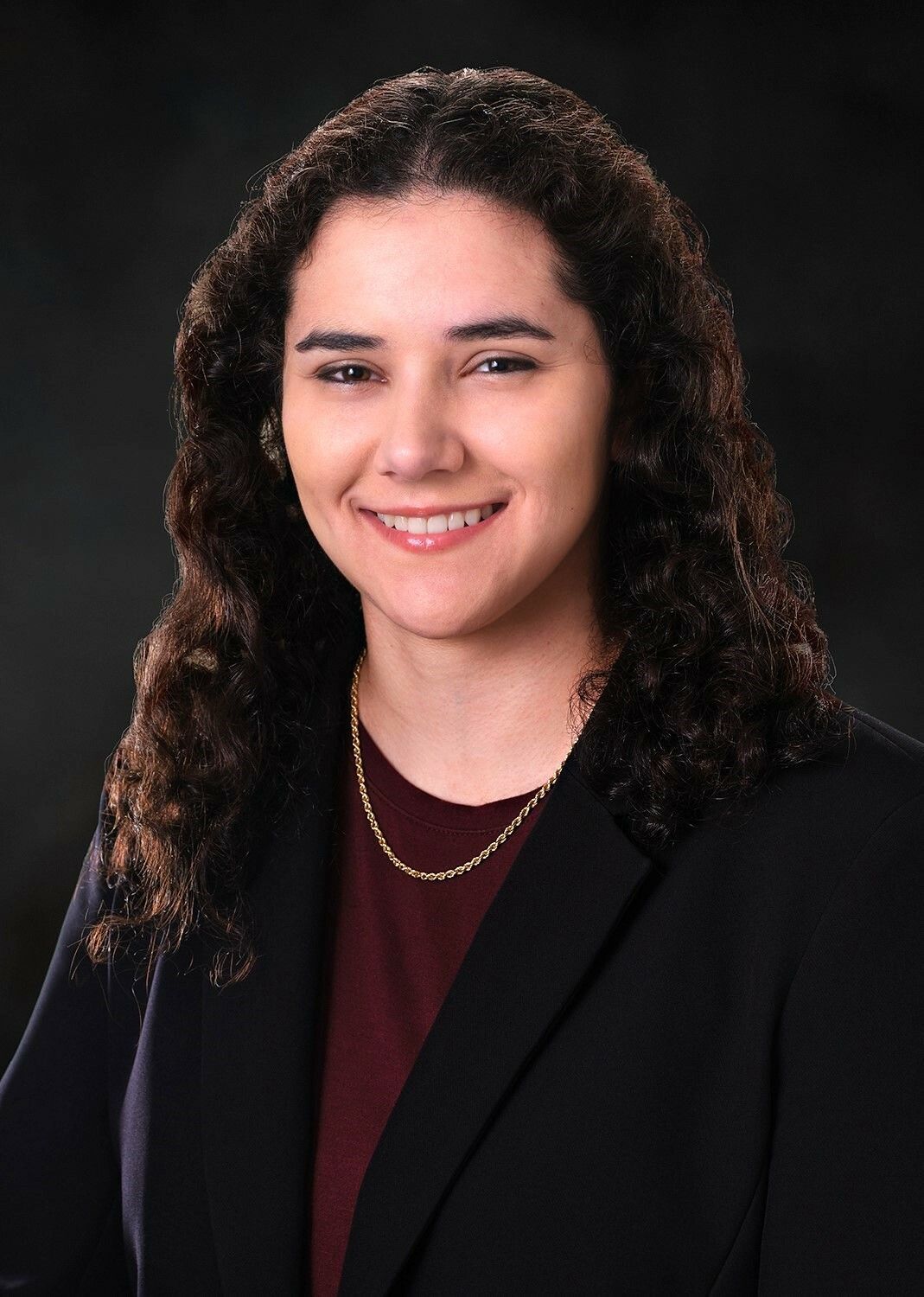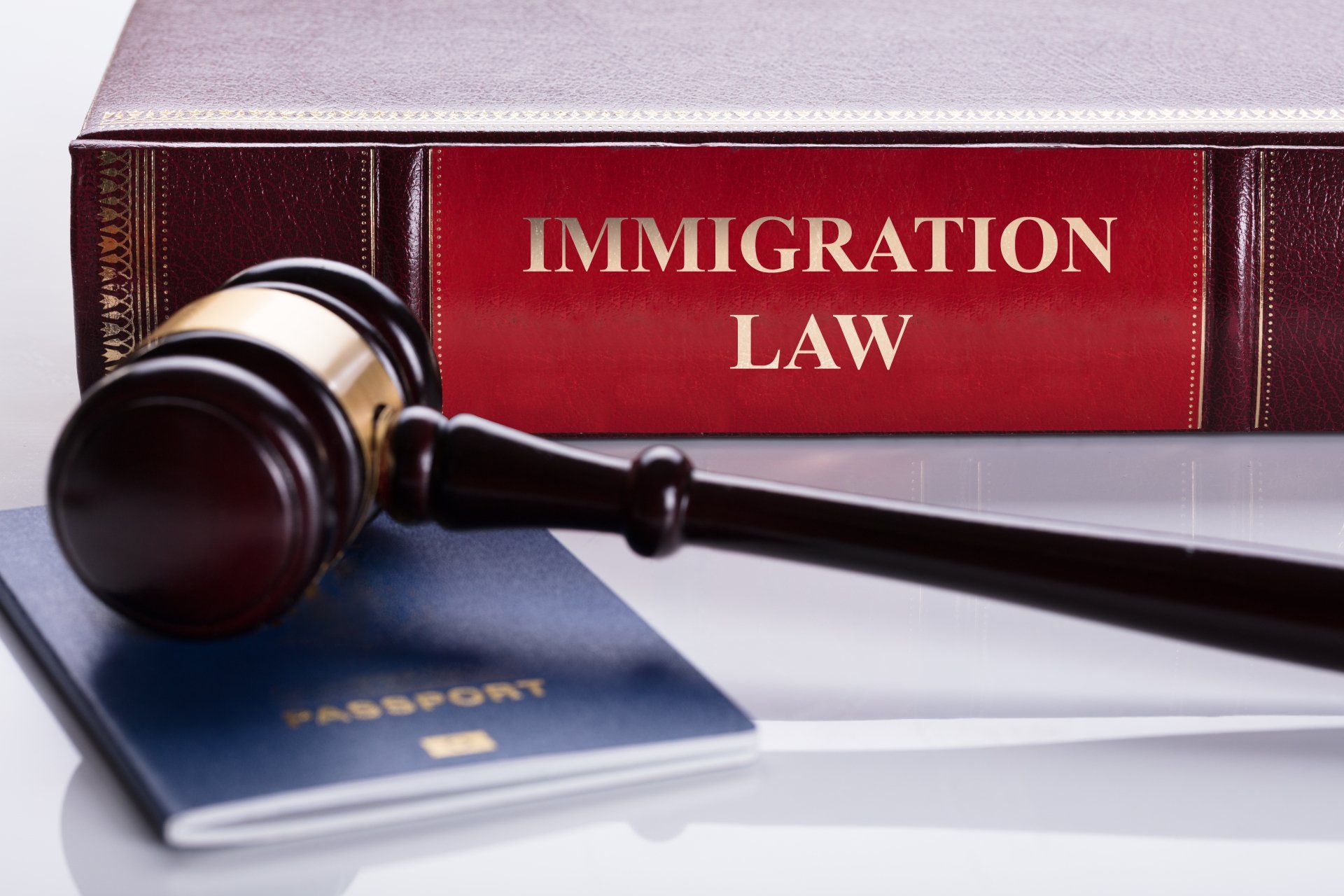Georgia One Step Closer to “Drawing a Line” in Boundary Dispute with Tennessee
Georgia One Step Closer to “Drawing a Line” in Boundary Dispute with Tennessee
For over a century, the border running between Georgia and Tennessee has been the subject of debate between the two states.Georgia claims that its northern border, which is essentially a straight line that separates Georgia from Tennessee and North Carolina, should be placed approximately one mile further north than it currently stands.
Georgia’s claim to the mile-wide sliver of land stems from 1796 when Tennessee was admitted to the Union.At that time, it was well settled that the boundary between the states was to lie along the 35th parallel.[i] In 1818, the states commissioned surveyors to map out the 35th parallel and establish the border.Unfortunately, the surveyors were off and placed the border approximately one mile south of the 35th parallel.While Tennessee accepted the newly established boundary line, Georgia refused to ratify the survey.From that point on, the boundary separating the states has been in dispute.
Although the border established in 1818 has effectively served as the boundary between the two states since that time, Georgia still claims the disputed area as its own. Georgia law states that “[t]he boundary between Georgia and North Carolina and Georgia and Tennessee shall be the line described as the thirty-fifth parallel of north latitude, from the point of its intersection by the River Chattooga, west to the place called Nickajack.”[ii] Tennessee law concedes that the boundary lies along the 35th parallel, but qualifies this concession, stating:
The boundary line between this state and the state of Georgia begins at a point in the true parallel of the thirty-fifth degree of north latitude, as found by James Carmack, mathematician on the part of the state of Georgia, and James S. Gaines, mathematician on the part of this state…[iii]
While the allocation of this one-mile wide sliver of land may seem inconsequential to most, such a change would allow Georgia to freely import one of the most important commodities known to humankind – fresh water.Less than one mile above Georgia’s current northwest border - near the area where Georgia, Alabama and Tennessee meet and along the 35th parallel - lies Nickajack Lake, a product of the Tennessee River.Thus, moving Georgia’s border one mile north would mean access to one of the largest bodies of fresh water in the Southeast.Access to the Tennessee River could allow Georgia to pump up to 500 million gallons of water per day to Atlanta and other North Georgia communities.[iv] While Georgia has not taken any substantial action to pursue the boundary change in the last one hundred plus years, in a time when clean water is becoming more and more scarce, especially in urban areas such as Atlanta, there is more motivation than ever for Georgia to seek enforcement of the 1796 boundary line.As such, it would not be at all surprising if Georgia were to choose to undertake serious efforts to reclaim the disputed area.
This effort may have already begun with Georgia’s recent consideration of House Resolution 943, which would establish a “Georgia-Tennessee Boundary Line Commission” to “establish, survey, and proclaim the true boundary lines between … Georgia and Tennessee and to take such further or other action or pursue such remedy or remedies as … deem[ed] proper to establish the definite and true boundary lines between … Georgia and Tennessee.”Having passed Georgia’s House of Representatives, Resolution 943 is currently under consideration by the Georgia Senate.
If this boundary dispute does finally come to a head, the legal ramifications could be far-reaching, implicating the thousands of residents, businesses and local governments in the area.Although such implications are too vast to list here, they could include changes in tax laws, gun laws, estate planning, professional licensing, criminal penalties, healthcare funding, and many others.In considering a resolution, these implications would have to be considered alongside Georgia’s interest in obtaining water rights to the Tennessee River, the effect the boundary change would have on Tennessee (and North Carolina), and the legal precedence that could be established by refusing to enforce the legitimate act of Congress that established the 1796 boundary.In a time when boundary disputes between states is all but unheard of, this daunting task would likely fall to the U.S. Supreme Court – which exercises original jurisdiction in disputes between states.
This blog is not intended to create an attorney/client relationship or provide legal advice. Please contact the author if you have any questions or comments regarding the subject matter.
[i] Merton Coulter, The Georgia-Tennessee Boundary Line, Georgia Historical Society (1951), http://www.tnlds.com/CEclasses/The Georgia-Tenne...
[ii] O.C.G.A. § 50-2-3. Line between Georgia and North Carolina and Tennessee
[iii] T.C.A. § 4-2-105. Georgia
[iv] James Ely, Professor Jim Ely: A River Runs Through It, Vanderbilt Lawyer, https://law.vanderbilt.edu/alumni/lawyer-vol37num1...The body content of your post goes here. To edit this text, click on it and delete this default text and start typing your own or paste your own from a different source.










